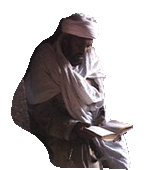 Priest in Lalibela
Click for details
Priest in Lalibela
Click for details
|
From television images of the country's serious droughts in
the early 80's many foreigners think of Ethiopia as a dry and barren
place, without of any beauty and greenery, but this is far from truth! It
is undoubtedly a land of contrasts: with some dry hot and barren
places, as well as plenty of rolling hills, lots of fertile highlands,
beautiful savannah, and mountainous regions that often see frost and
sometimes even snow! There are canyons, great gorges and beautiful water
falls, lots of lakes and rivers. All this combines to
make Ethiopia a country of breathtaking scenery with changes from one
region to another! An other major feature of the Ethiopian
landscape that can even be seen from space: the Great Rift Valley
! Extending nearly 6.000 kilometers starting from Syria, through
the Red sea and Ethiopia, finally down to Mozambique, this
spectacular and abrupt cutting away of the land surprises many
travelers. The Rift valley in Ethiopia is home to 7 beautiful lakes
caused by a millennia of heavy rainfalls at the same time that northern
Europe was going through the 'ice age'. History in Ethiopia began
at an early period: three thousand years BC the Egyptians send
expeditions there in quest of gold, ivory, incense and slaves. Also the
tale of king Solomon and Queen of Sheba, the journey of the Arc of the
covenant, which now is said to rest in a Church in Axum, the growth of
the Axumite kingdom and the birth of Christianity, the story of king
Lalibela who build the 11 rock-hewn Churches in the kingdom of Roha
still in existence until today and are considered among the wonders of
the world ! All that makes Ethiopia the unique and unforgettable country
it is today !
 Go
to Top Go
to Top
The
Historic Route
A very popular path through
Ethiopia's famous and at the same time fascinating places, which shelter
priceless relics from a powerful and religious ancient civilization and
also leads through some of the most breathtaking scenery.
One geological wonder is the Blue Nile
Gorge, which rivals America's Grand Canyon. Equaly impressive are the Blue
Nile water falls at Tiss
Ishat that is the place where adventurers and
explorers before sought with such fervor the source of the Blue
Nile, Ethiopia's
Lake Tana. You can travel to
Axum to Lalibela, Bahar Dar and Gondar or you
can fly with Ethiopian airlines, hopping from major points with
stop-overs of one or two days at each place.
But if you have time and don't
mind some stretches of rough road, you will be rewarded seeing the
beautiful scenery passing through villages, green valleys, gorges and
mountains with spectacular views !
|
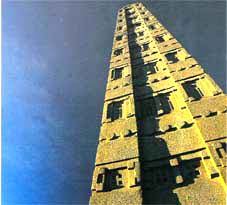
An Obelisk in
Axum
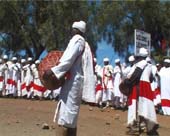 Timkat celebrations
Timkat celebrations
|
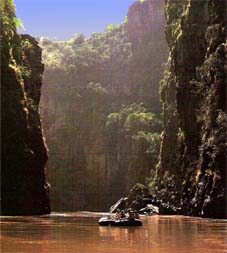 A beautiful gorge
at Omo river
A beautiful gorge
at Omo river
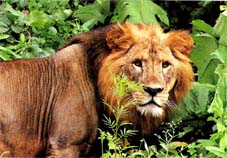 Lion, Ethiopia's
symbol is found in the Northeast and Southwest
Lion, Ethiopia's
symbol is found in the Northeast and Southwest
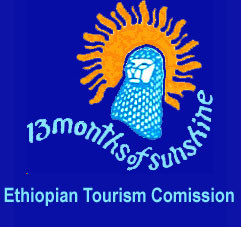 Click for info
Click for info
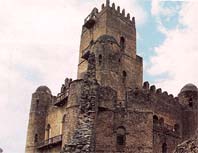 One of Gondar's castles
One of Gondar's castles
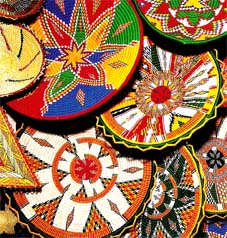 Hareri handmade Baskets
Hareri handmade Baskets

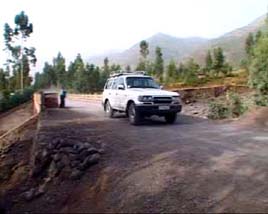
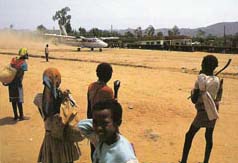 Ethiopian just arrived at
Jinka airport !
Ethiopian just arrived at
Jinka airport !
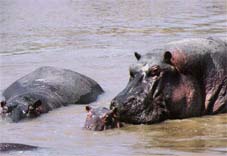 Hippopotamus can be found in almost
every lake and river in Ethiopia
Hippopotamus can be found in almost
every lake and river in Ethiopia

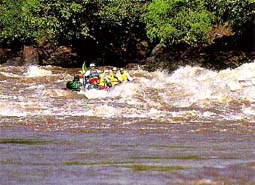 Rafting in Omo river
Rafting in Omo river
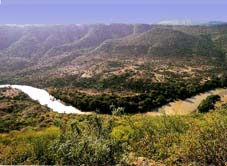
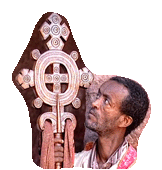
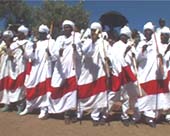 Colorful Timkat celebrations in Lalibela
Colorful Timkat celebrations in Lalibela
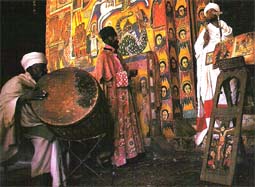
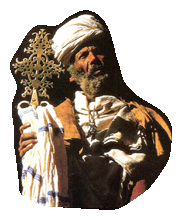
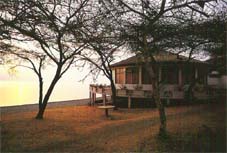 The tranquil Lake Langano
The tranquil Lake Langano
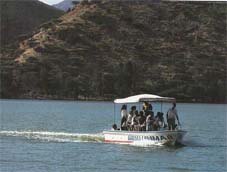 Debre Zeit's lake Hora
Debre Zeit's lake Hora

 Timkat celebrations
Timkat celebrations
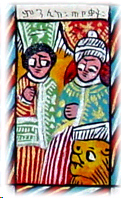
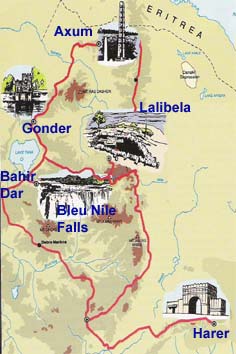

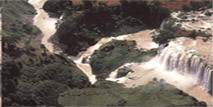 Blue Nile water falls
Blue Nile water falls
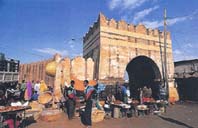
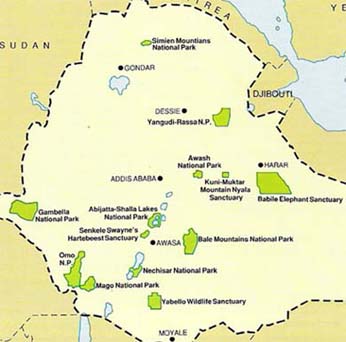
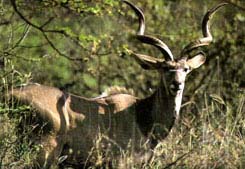 The greater Kudu
The greater Kudu
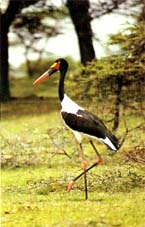 The Saddle bill Stork
The Saddle bill Stork
 Ethiopia's Weaver bird
Ethiopia's Weaver bird
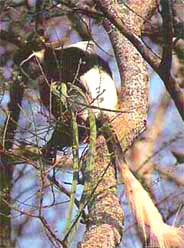 The Columbus monkey
The Columbus monkey
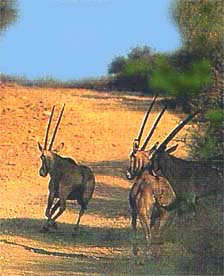 The Oryx
The Oryx
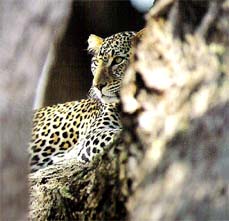 The majestic Leopard can be found
almost everywhere in the country
The majestic Leopard can be found
almost everywhere in the country
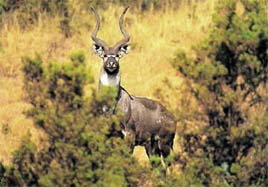 The Nyala
The Nyala
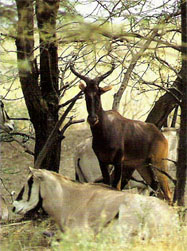 A Beisa Oryx and a Swayne's Hartebeest at
Awash national park
A Beisa Oryx and a Swayne's Hartebeest at
Awash national park
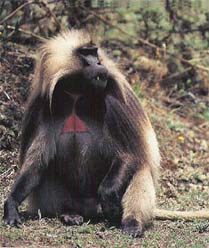 The Gelada Baboon
The Gelada Baboon
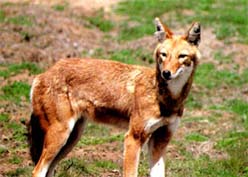 The Simien Fox
The Simien Fox